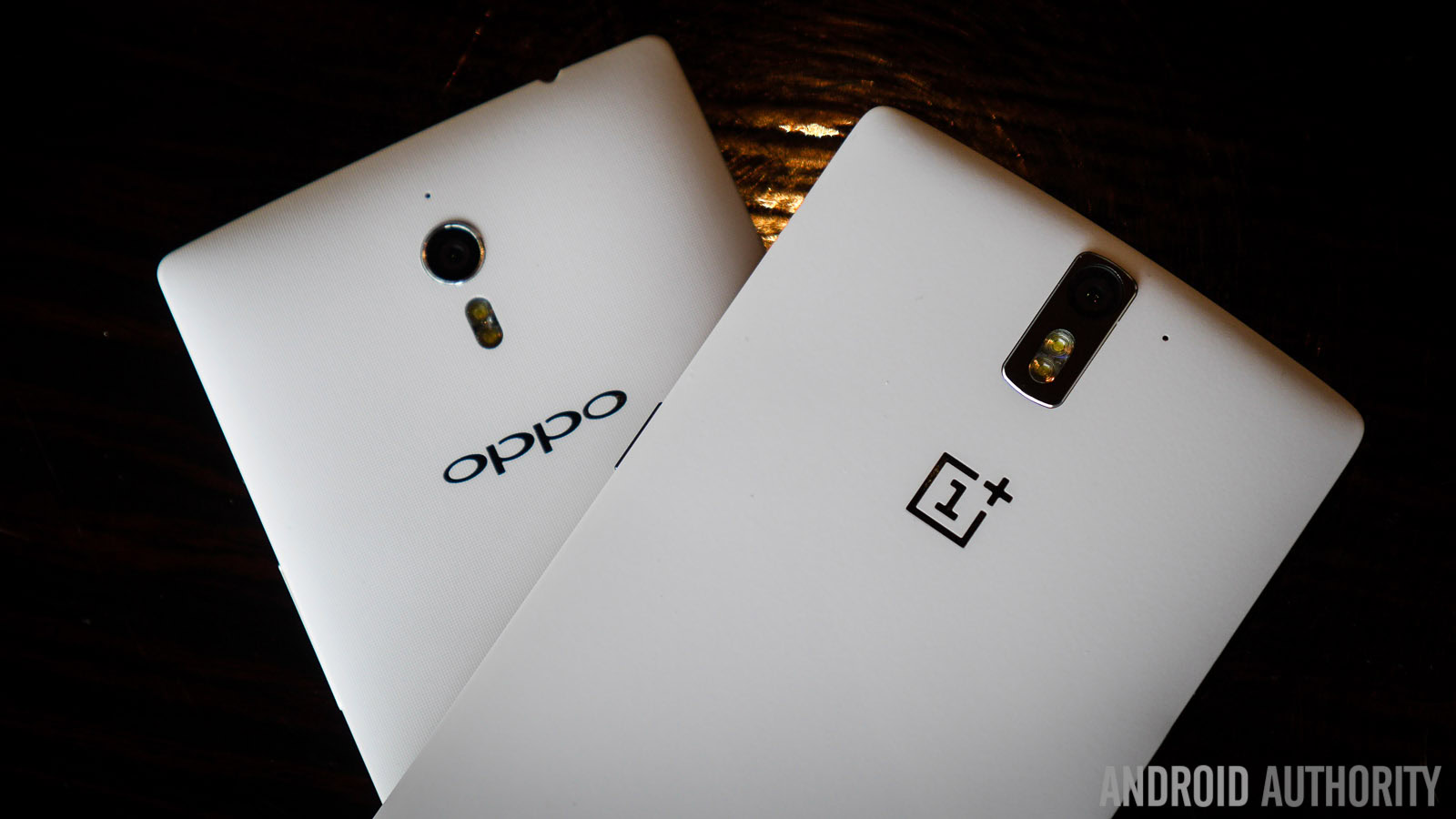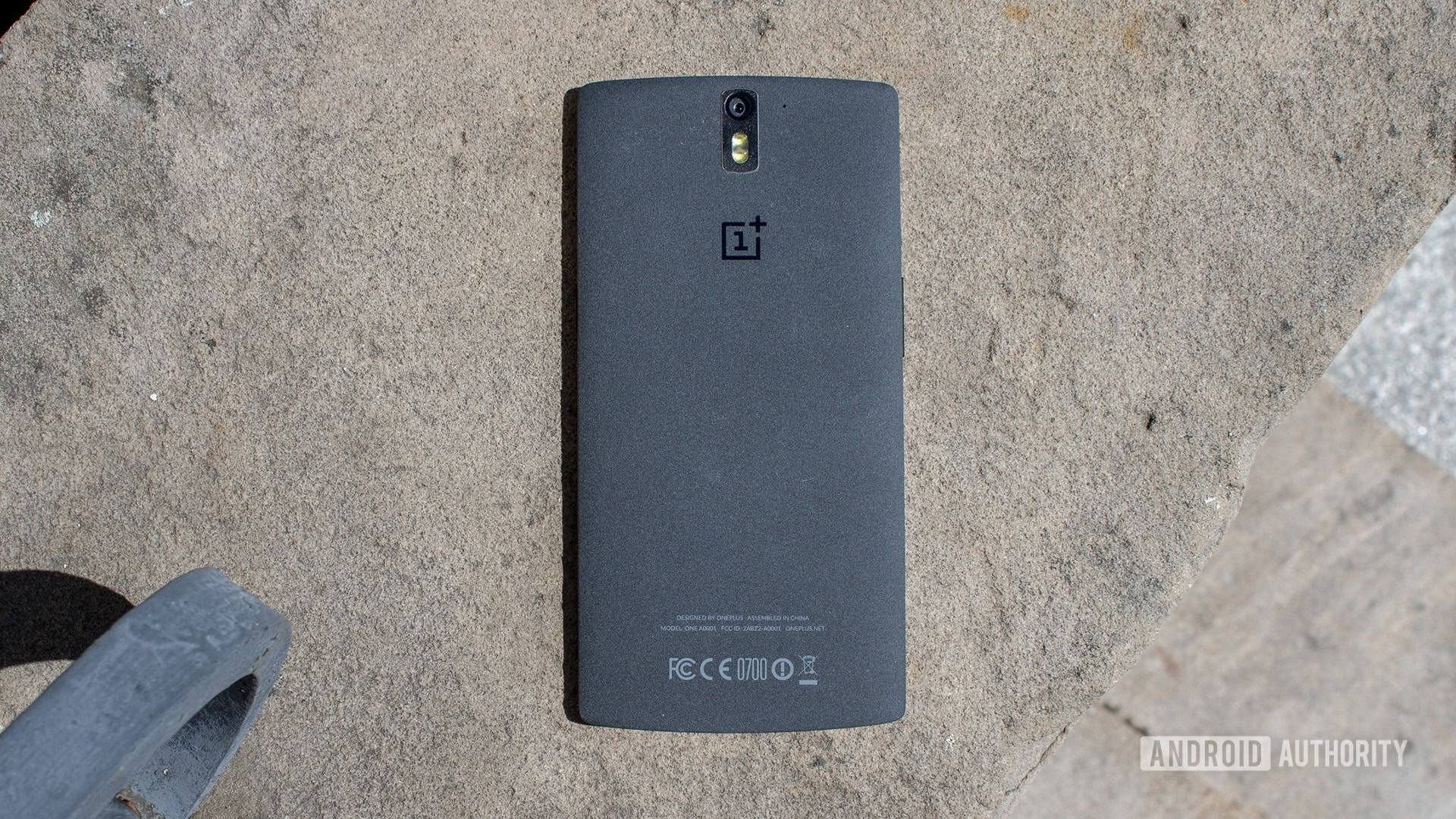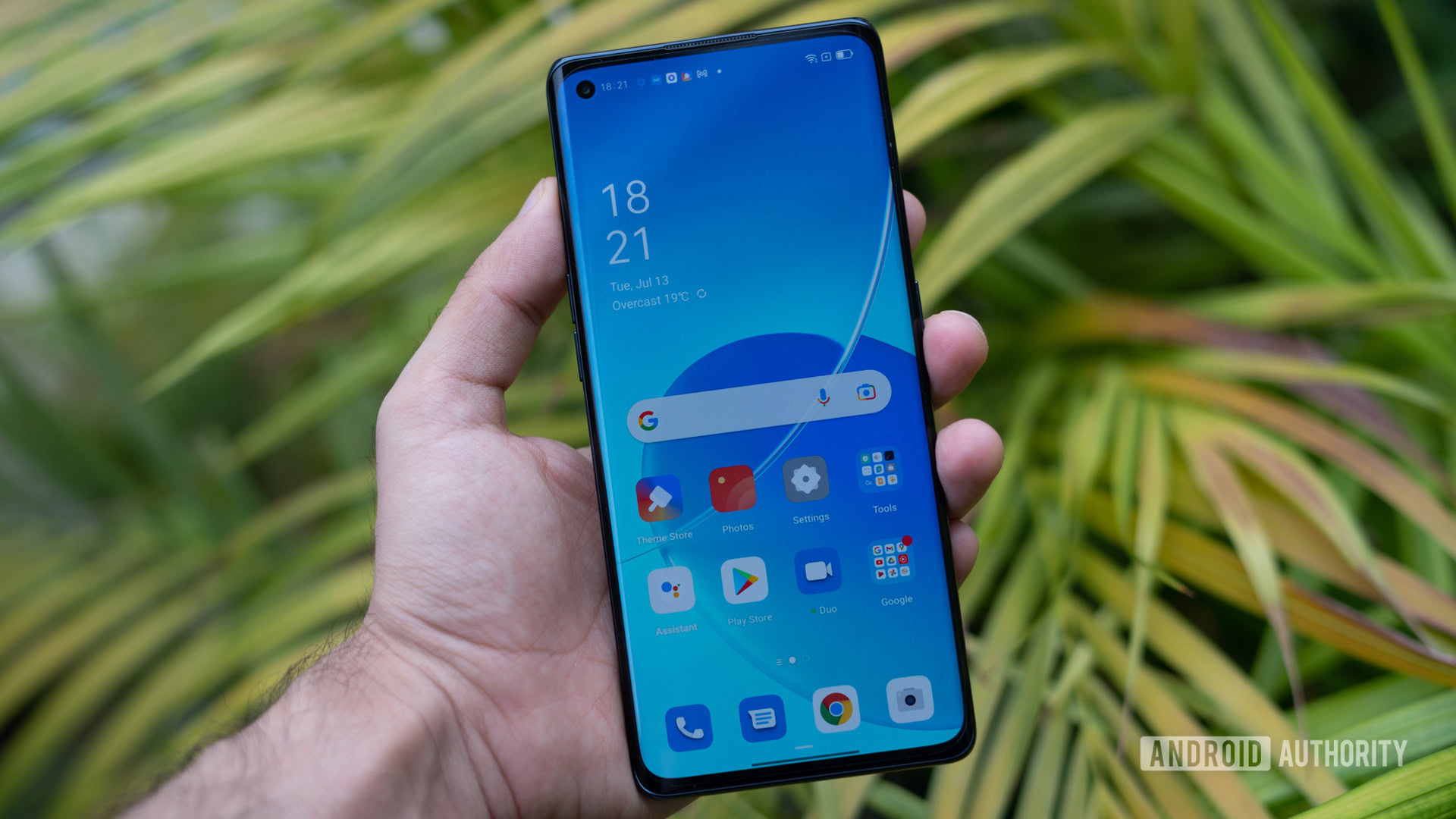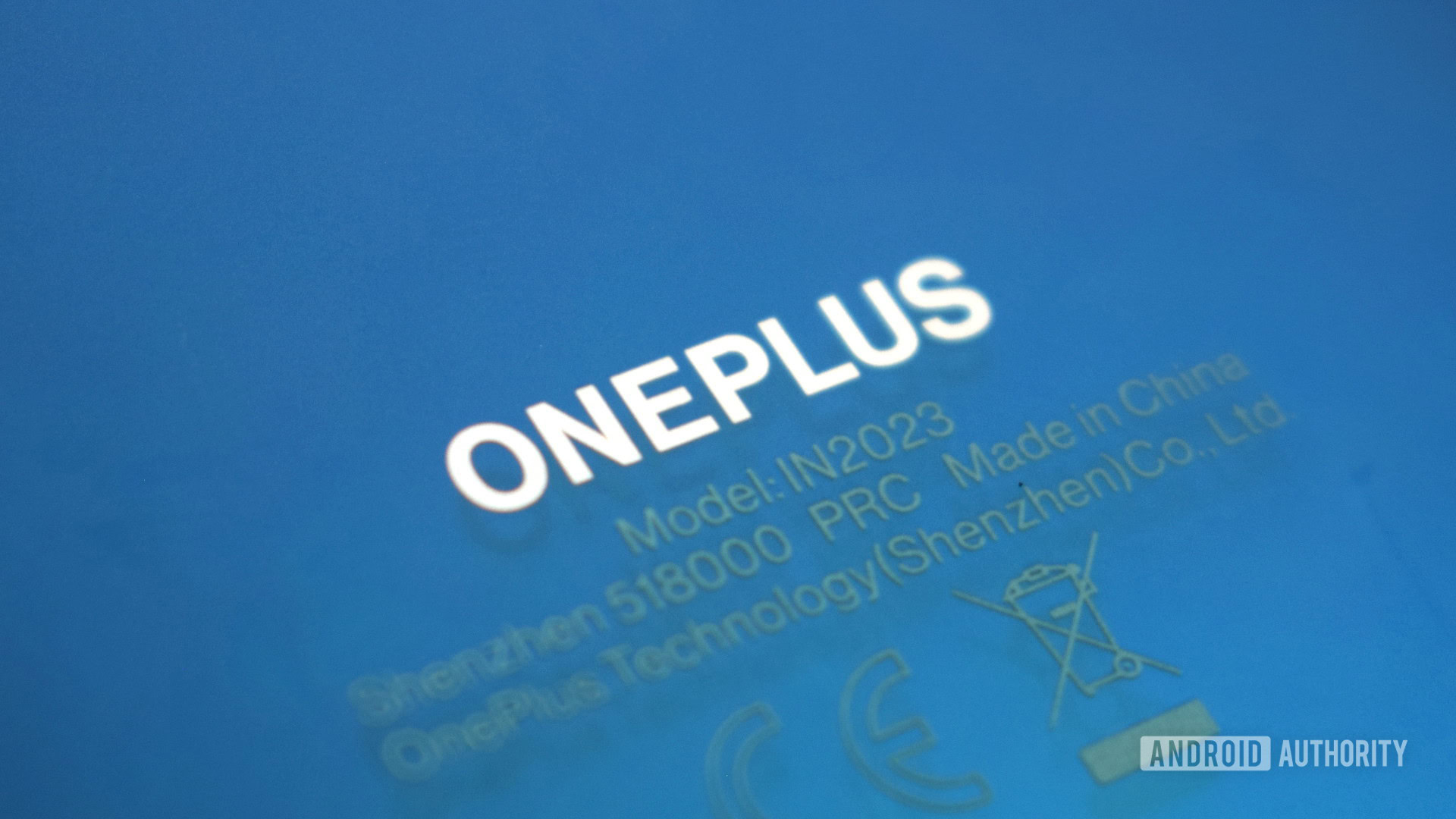Affiliate links on Android Authority may earn us a commission. Learn more.
The OPPO-ification of OnePlus is complete
September 20, 2021

Towards the end of last year, we published an opinion article titled “The OPPO-ification of OnePlus is getting worse.” The piece essentially argued that OnePlus is slowly morphing into OPPO. We pointed out the exit of co-founder Carl Pei and the release of blatant OPPO rebrands as major touchstones.
Now we have news from OnePlus CEO and co-founder Pete Lau that the company is entering a new phase, which he termed “OnePlus 2.0.” However, I feel this is a misnomer. From what Lau has told us so far, it’s not OnePlus 2.0, but “OppoPlus 1.0.”
Lau contends Oxygen OS is either going to exist in name only or simply be replaced by an as-yet-unnamed unified operating system that will land on both OnePlus and OPPO phones. The once individual engineering and development teams at OnePlus and OPPO are now fully merged. Tellingly, the only teams that have not merged are PR, which will continue to work individually on their respective brands.
The writing is on the wall. The OPPO-ification of OnePlus that we called out last year is now complete. It’s the end of an era.
But OnePlus has always been OPPO, right?

Those of you reading this who have been following OnePlus’ trajectory are likely thinking that OnePlus and OPPO have always been interchangeable. Despite both companies’ insistence to the contrary, it’s easy to draw straight lines from a OnePlus product to the OPPO product that “inspired” it.
While I readily agree that OnePlus has existed on the back of OPPO since the beginning, OnePlus quickly became its own thing. Its products had a unique style, its software was very different, and its branding and “attitude” contrasted heavily with OPPO’s. To me, OnePlus was akin to Joaquin Phoenix’s portrayal of The Joker: he made the role its own incredible thing in spite of the obvious inspiration of Heath Ledger’s earlier portrayal of the same character.
Now, though, Lau appears to be moving away from that unique identity as quickly as he can. In fact, he even made a short documentary about it. Titled “New Journey,” it goes over the relocation of OnePlus staff members to new shared offices with OPPO employees. It’s as depressing and boring as it sounds. Most tellingly, though, there’s one section where a OnePlus employee refers to the early days of the brand as “dangerous,” and admits that identity is now gone. It doesn’t get much more direct than that.
I’m sure Lau has reasons for initiating this giant transition. Maybe OnePlus isn’t doing well enough financially. Maybe he feels shedding the “dangerous” aspects of the company will make it more successful in the long run. Or, maybe it’s not really about OnePlus and instead is a tactical shift to hoist OPPO into markets it can’t touch, such as the United States.
Whatever the case, OnePlus and OPPO have always been linked, but different. That is not true anymore, though.
The future is inevitably sameness

As is the norm with OnePlus, there are tons of question marks hanging around the reveal of OnePlus 2.0. We don’t know the name of the unified OS that will hybridize Oxygen OS and Color OS. Frustratingly, we also don’t know the full list of which OnePlus/OPPO phones will get this new operating system. We don’t know what will be the determining factors of whether a new device comes with an OPPO logo or a OnePlus logo. So many questions.
As mentioned previously, we do know the OPPO/OnePlus teams are now merged (after shedding about 20% of the OPPO team, unfortunately). However, the single large team will have breakout teams that head up the creation of new products. In other words, the team that makes the next OPPO phone could have a different set of people than the one designing the next OnePlus phone, even though they all come from the same pool and could even feature some crossover. Lau seems very confident that this will lead to better products.
If all the ideas for two separate brands come from one pool of people, how much individualism can there be?
To me, though, this just seems like a recipe for homogeny. It’s not easy for a designer to internally juggle the subtle differences between one company’s product and another. It’s inevitable that some aspects of each variant will bleed across the lines. Eventually, this could lead to there being not much difference between an OPPO phone and a OnePlus phone — especially when you consider the software will be pretty much the same on both!
The bottom line here is that those of you out there who think there has been little difference between OnePlus and OPPO over the years haven’t seen anything yet. If the OPPO-ification of OnePlus continues unabated, you’ll quickly recognize how different OnePlus really used to be.
What do you think of the OnePlus/OPPO merger since it was first announced?
Is this going to be a Windows 8-style mistake?

From our time talking with Pete Lau about OnePlus 2.0, it’s clear he thinks this is great news for fans of the brand. He touted lots of positives, such as better/faster R&D, faster and more stable software updates, and an expanded portfolio that is tailored better to specific regions.
While that all sounds great, it doesn’t mean much for OnePlus fans if the entire identity of the brand is sacrificed. It kind of reminds me of the debacle that was Windows 8. Microsoft tried to wholly revamp Windows, making it more touch-focused and removing Windows staples, such as the Start button. People hated it. They hated it because Windows has looked a certain way since its inception and that’s what people expect. It’s part of the brand identity.
Microsoft made huge mistakes with trying to reformat Windows. Is OnePlus making those same mistakes?
Eventually, Windows 8.1 brought back a pseudo-Start button, but even that wasn’t enough. Windows 10 brought back the original look and feel of Windows and people loved it again. I am concerned Lau is making the same mistake here with OnePlus 2.0. He thinks it’s an ascension of the brand to a new height, but from where I’m sitting it looks like a brand abandoning the elements that people really like about it.
In my view, there is no way for Lau to positively spin this. OnePlus 2.0 is really just OPPOPlus 1.0 and signifies the end of one of my personal favorite smartphone brands.